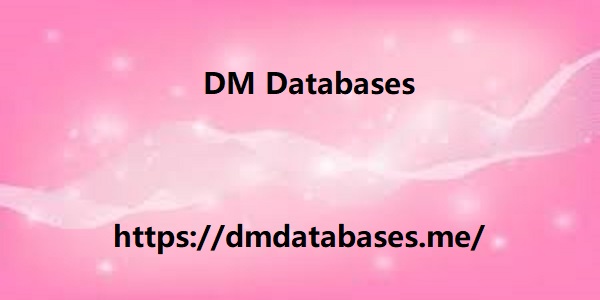|
|
Ruby is one of the most used minerals since the first civilizations, not only for aesthetic purposes, but also for industrial purposes and for the creation of different tools. In fact, ruby is the hardest mineralafter the diamond. The main known use of ruby is to create ornamental pieces, especially jewelry, such as necklaces, earrings or rings.. In the Middle Ages this mineral was especially valued by the upper classes and royalty, for its powerful and striking color and its ability to attract attention thanks to its brightness and tone. Another of its most widespread uses is in the manufacture of watches.Being a gem with high resistance to friction, the ruby is used as a bushing in the axes that rotate within the mechanism of a mechanical watch. They are also used in the manufacture of lasers, specifically helium-ruby and pure ruby lasers.. HOW DO YOU KNOW IF A RUBY IS AUTHENTIC? Ruby is usually one of the most counterfeited gemstones, since due to its intense color and brilliance, it is relatively easy to pass off red-tinted crystals as genuine rubies. It is also often confused with other semi-precious stones of similar shades such as tourmaline .
However, with the necessary knowledge and a few tricks, it is relatively easy for you to verify the authenticity of your ruby. Try scratching it:As we have told you, ruby is an extremely hard mineral and resistant to abrasion. A good test would be to try scratching it with a coin. If a mark appears, it is not a genuine ruby. In fact, only a diamond (nature's hardest mineral) is capable of scratching a ruby. Differences from other DM Databases red stones:There are other natural red minerals that are often confused with rubies. This is the case of tourmaline or garnets. It is also possible to find rubies fused with glass. The main difference is usually the color and the type of shine they give off. If in doubt, we recommend going to a professional to inspect your ruby. If it leaves a mark, it's not a ruby:Try sliding the ruby across a white surface to see if it stains or leaves any marks. If so, you can be sure that it is not a genuine ruby.

The “pear” cut has 58 facets and is a good option if you choose an alternative to the classic round cut. EMERALD CUT Only suitable for the purest and most blemish-free gems, this cut is a classic in the world of jewelry. Despite its undeniable elegance and the power to project class in any piece, the emerald cut has one main drawback, which is that the imperfections of the stones are very easily seen.(if you have them). That is why only the most perfect precious stones and gems allow this type of cut. However, it is a traditional type of size.very suitable for high quality parts and people who want to give it avintage touch to your look. ASSCHER CUT The curious name of this cut comes from the historic company of the same name based in Amsterdam, which has been dedicated to polishing diamonds since 1854. The shape of this cut is a combination between the emerald cut and the round cut,projecting a sense of almost perfect symmetry, providing a very magical optical effect to any bright, light-colored gem.
|
|